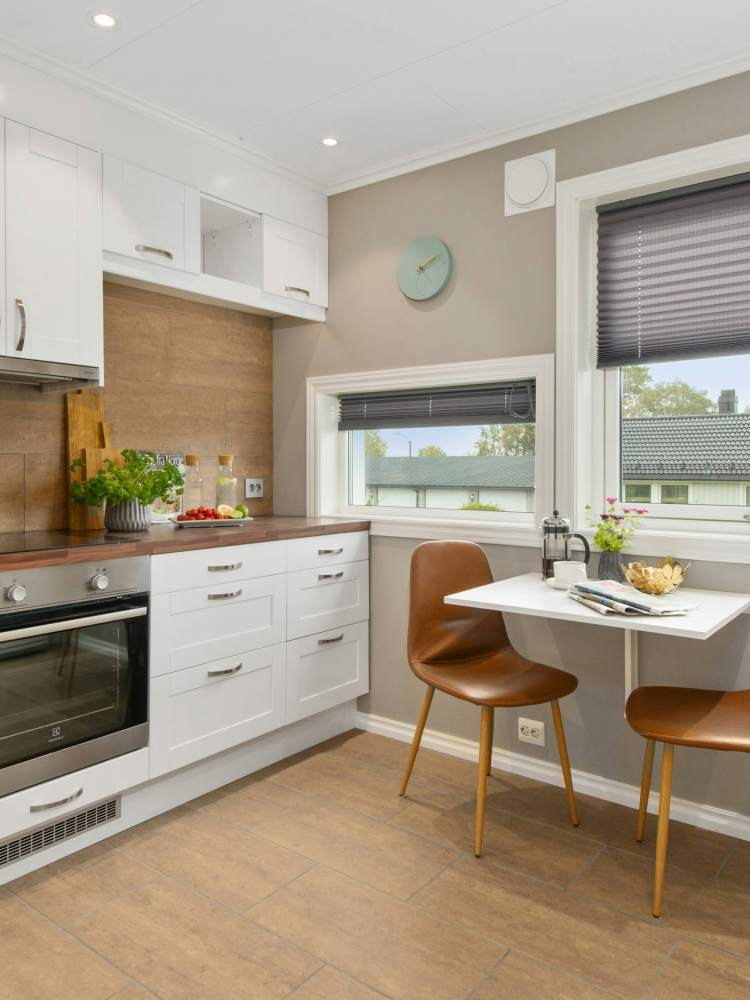Sunridge
- 8 units available
- 2 bed
- Amenities
On-site laundry, Patio / balcony, Dishwasher, Pet friendly, 24hr maintenance, Cable included + more
On-site laundry, Patio / balcony, Dishwasher, Pet friendly, 24hr maintenance, Cable included + more
W/D hookup, Patio / balcony, Granite counters, Hardwood floors, Dishwasher, Pet friendly + more
In unit laundry, Patio / balcony, Granite counters, Hardwood floors, Dishwasher, Pet friendly + more
24hr laundry, Dishwasher, Pet friendly, 24hr maintenance, Parking, Walk in closets + more

W/D hookup, Patio / balcony, Dishwasher, Pet friendly, 24hr maintenance, Garage + more
W/D hookup, Dishwasher, Pet friendly, Garage, Stainless steel, Basketball court + more
In unit laundry, Pet friendly, 24hr maintenance, Garage, Gym, Air conditioning + more
In unit laundry, Patio / balcony, Granite counters, Dishwasher, Pet friendly, Parking + more
In unit laundry, Dishwasher, Pet friendly, Parking, Air conditioning, and Courtyard
In unit laundry, Patio / balcony, Dishwasher, Pet friendly, Garage, and Recently renovated

Patio / balcony, Dishwasher, Pet friendly, Garage, Air conditioning, and Range
W/D hookup, Pet friendly, Parking, Recently renovated, Range, and Refrigerator
In unit laundry, Patio / balcony, Dishwasher, Dogs allowed, Garage, and Range
Pet friendly, Parking, Recently renovated, and Dog park
Hardwood floors, Pet friendly, Recently renovated, Microwave, Furnished, and Carpet
Situated on the banks of the North Platte River at the foot of the majestic Casper Mountain sits the historic little city of Casper, Wyoming. A picturesque, Old West small town that also boasts all the modern amenities of a thriving 21st century American city, Casper is a popular residential destination for homeowners and leasers alike. Are you looking to find an apartment for rent in Casper, without any jokes involving ghosts? Then you’re in luck, bold apartment hunter, because we guarantee the dwellings of your dreams lie somewhere in our ghost-less listings!
Apartments for rent in Casper aren’t exactly sprouting up like wild mushrooms (only about 30% of the city’s roughly 50,000 residents rent rather own), but that doesn’t mean you won’t find your fair share of high-quality rentals in “The Oil City